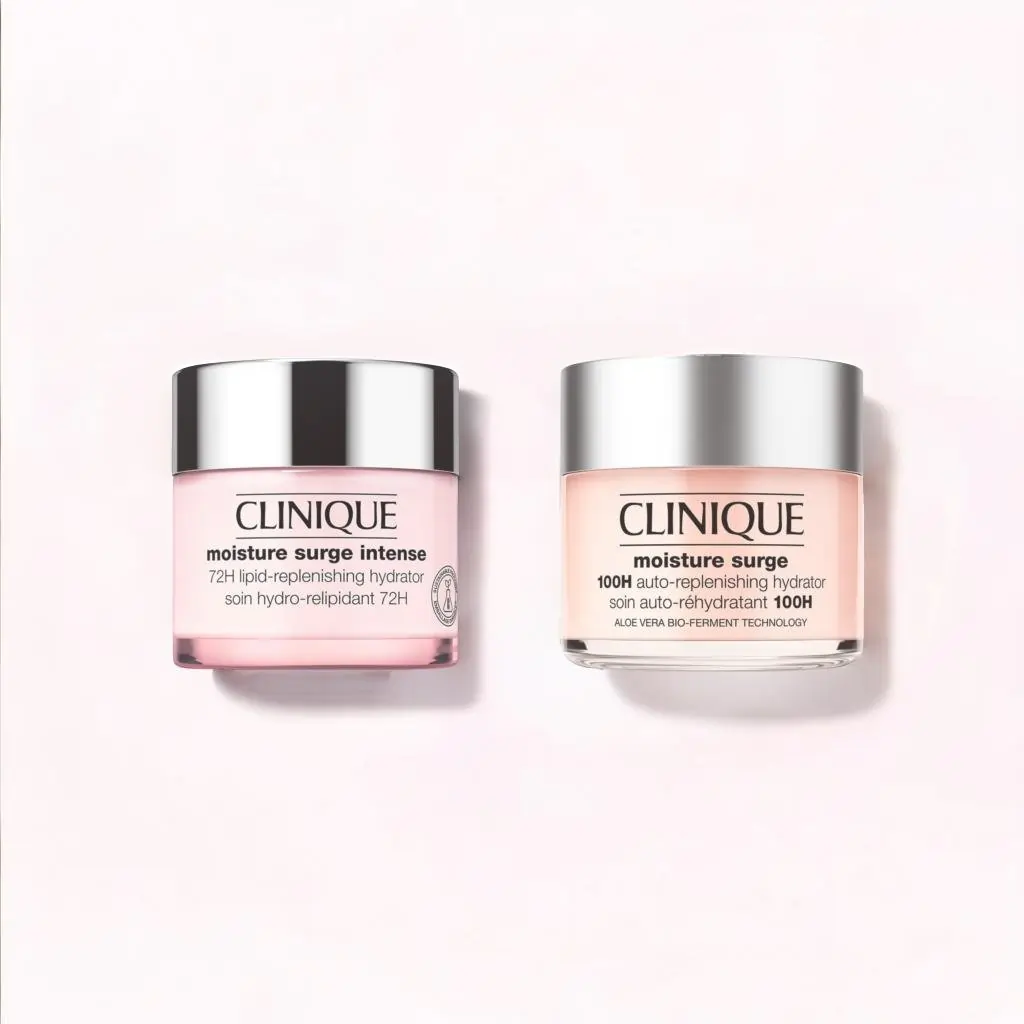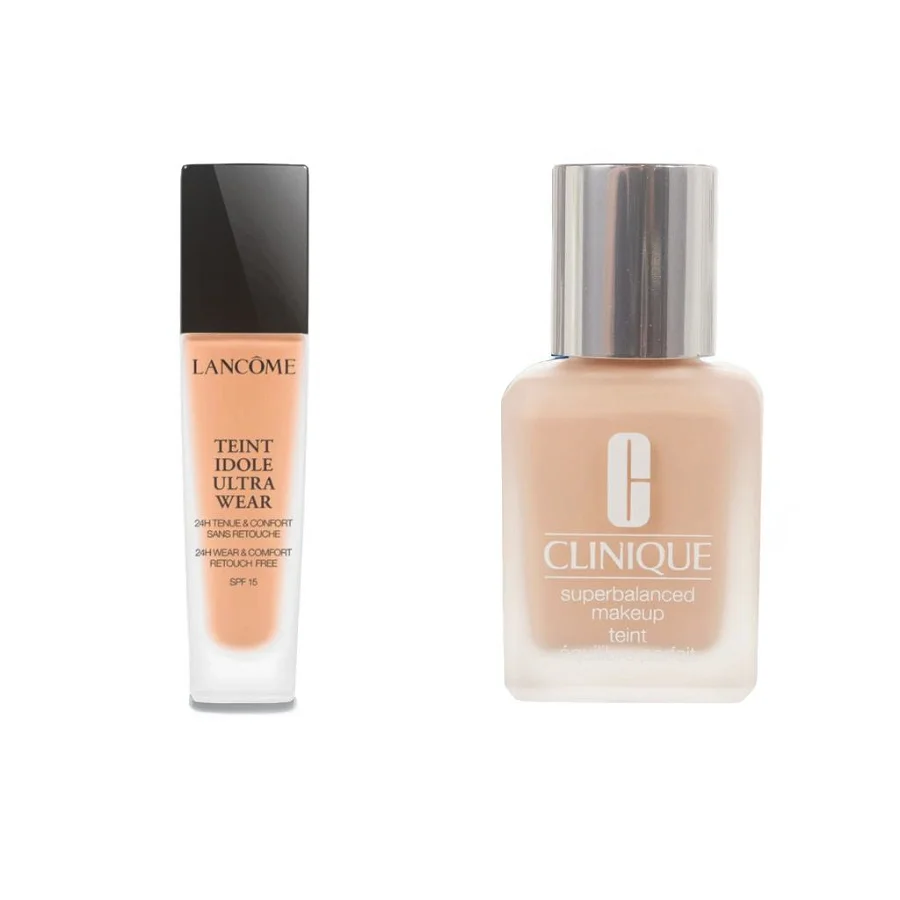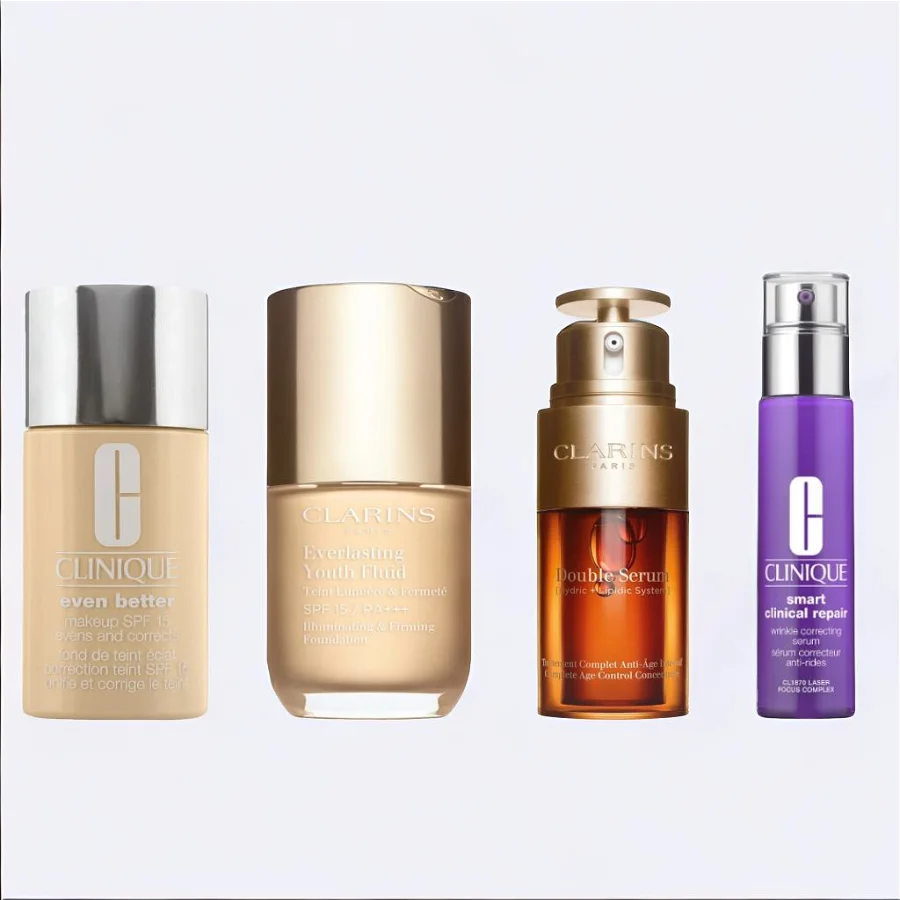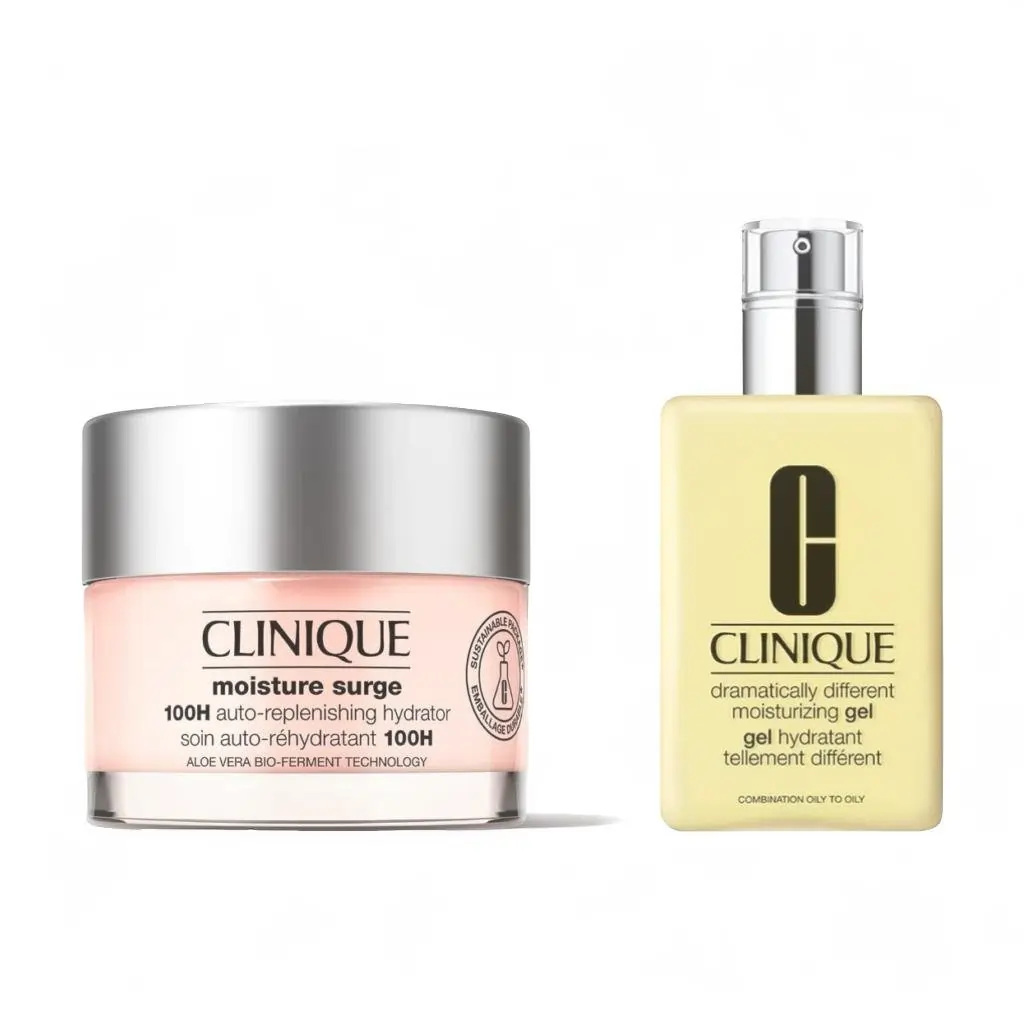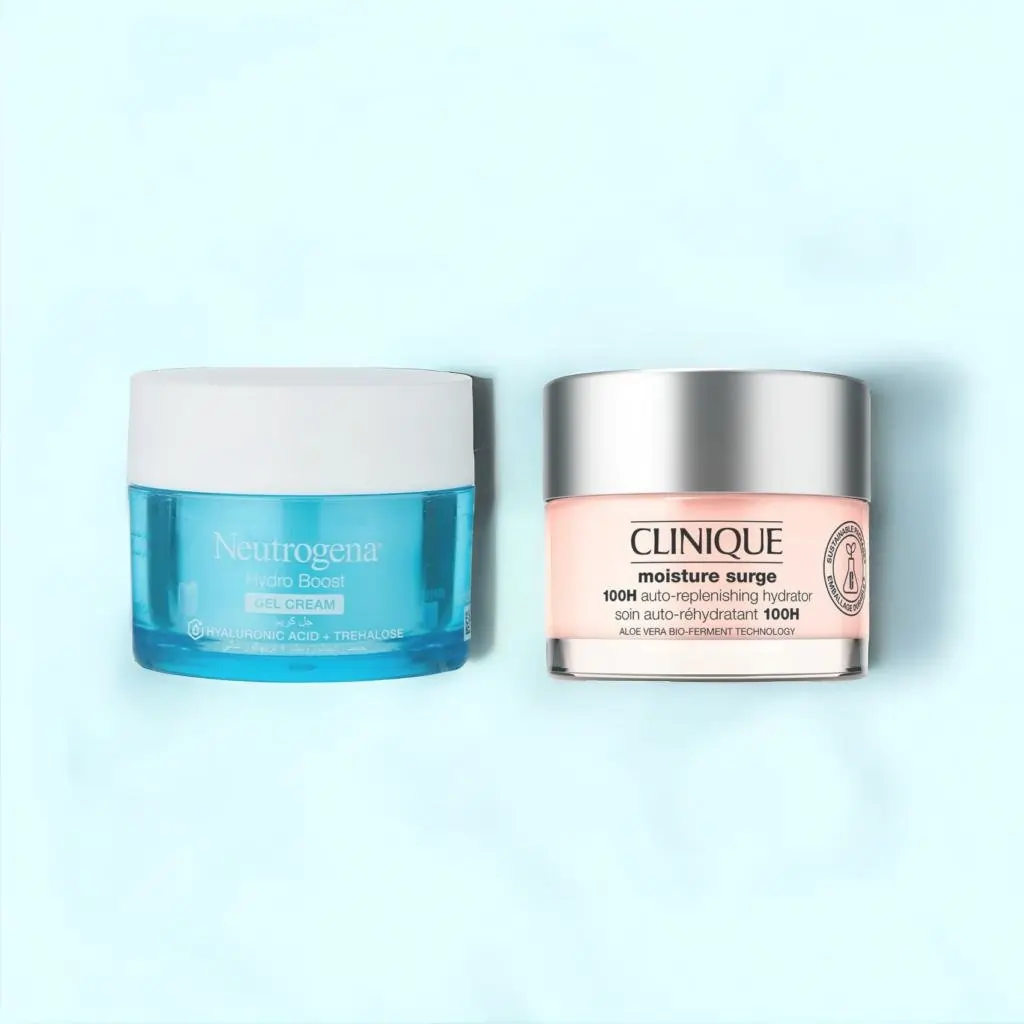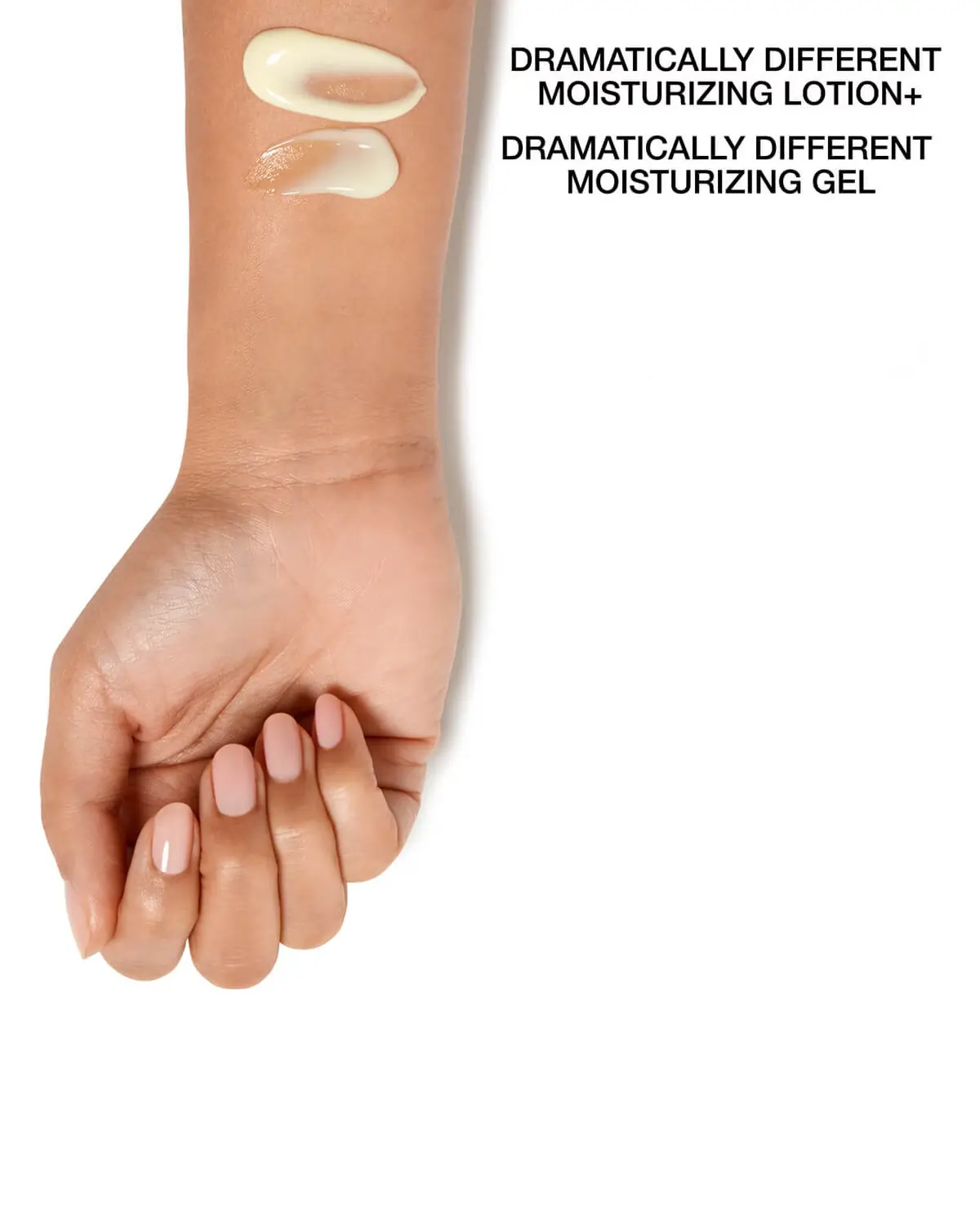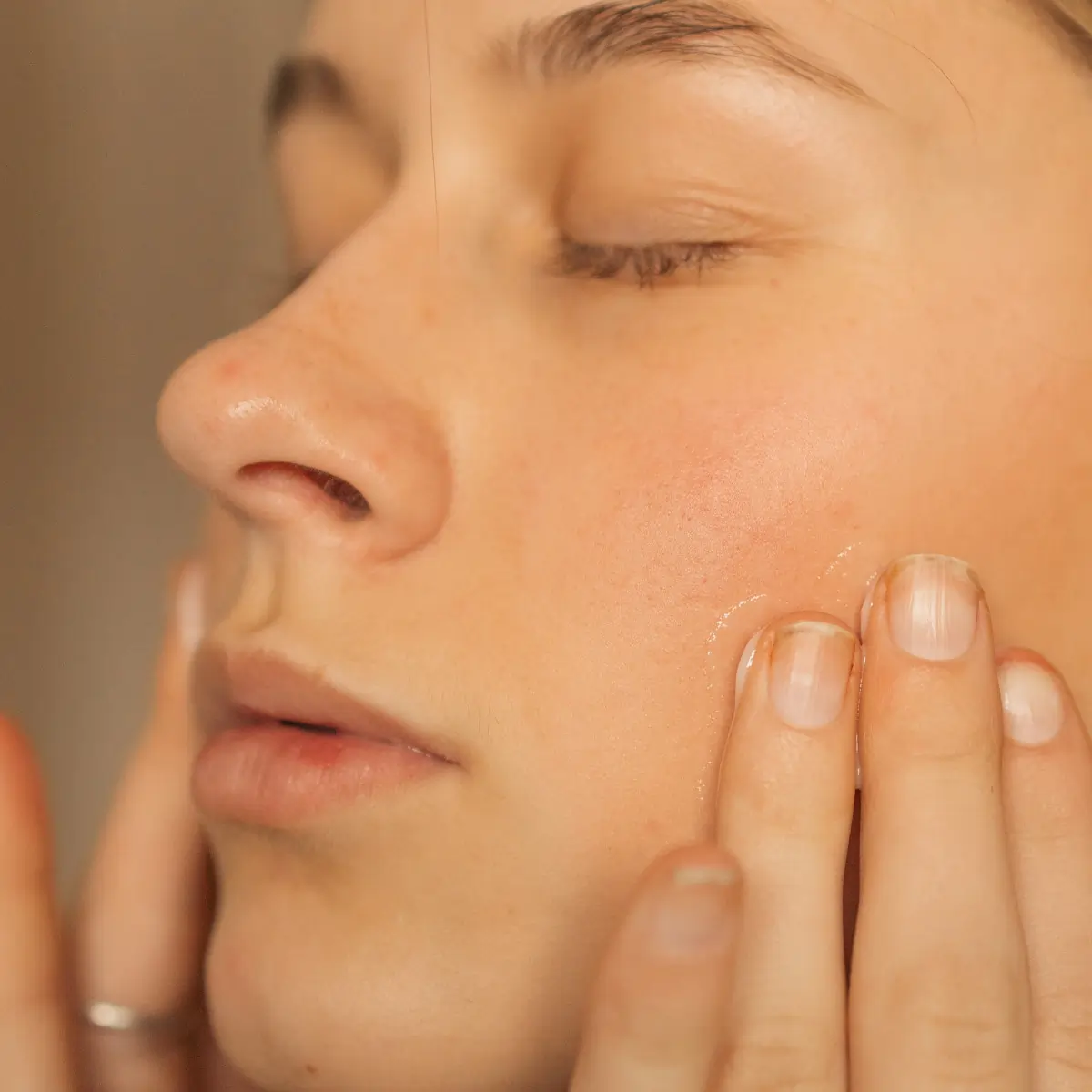
Famed for their transformative skincare products packed with efficacious actives, both Kiehl's and Clinique are more than worthy of occupying some shelf space in your bathroom.
Come with us as we compare their best-selling cleansers, moisturizers, and serums side-by-side to help you decide which is best for you and your skincare routine. Enjoy!
Kiehl's vs Clinique
For those who have struggled with temperamental skin in the past - whether it’s the occasional cluster of zits or behemoth hormonal bumps - getting your skin to a state of normalcy can be a challenge. After all, you could also be recovering from dryness, scarring, and/or dark spots left behind.
If this sounds like you, we may have a solution.
Now, it’s imperative to choose a gentle cleanser, a face cream that won’t clog your pores, and a dark spot cream that actually works. So, given the hype that Kiehl’s and Clinique continue to receive worldwide, we trust both brands have some great options to offer.
For your consideration: Kiehl’s Ultra Facial Cream, Calendula Deep Cleansing Foaming Face Wash, and Clearly Corrective Dark Spot Solution, as well as Clinique’s Moisture Surge 100H Auto-Replenishing Hydrator, All About Clean Liquid Facial Soap, and Even Better Clinical Radical Dark Spot Corrector + Interrupter.
As we all know, cleansing comes first! Kiehl’s face wash is best for normal-to-oily skin and is noted to be a non-drying cleanser. It replenishes and soothes skin without stripping it of its natural oils. Some standout ingredients that help to make this possible are calendula, glycerin, lemon peel oil, and other botanical oils.
Clinique designed three takes on their facial soap for gentle yet thorough cleansing that protects skin’s natural moisture balance. There’s extra mild for very dry to dry (Type 1); mild for dry combination (Type 2); and oily for combination oily and oily skin (Type 3 & 4). It’s created with sucrose, aloe vera juice, and saw palmetto fruit extract to soothe and calm the skin.
Before jumping into moisturization, you’ll want to apply the dark spot solution. Designed to visibly reduce the appearance of dark spots, hyperpigmentation, and post-acne marks, Kiehl's serum is made with a stabilized form of Vitamin C and salicylic acid to correct stubborn scarring. We also felt it worthy of noting that this has been tested on all skin types and ethnicities and is suitable for all.
Clinique's dark spot corrector claims to lighten the appearance of dark spots within 12 weeks. Made with their CL302 Brightening Complex, this formula is gentle enough for all skin types and tones.
Kiehl’s moisturizer is an extra thick solution that’s formulated with squalene to provide 24-hour hydration.
Lastly, the Clinique hydrator gel-cream is an oil-free formula that locks in moisture for up to 100 hours for a plumper, dewier appearance. Aloe bioferment and hyaluronic acid are its standout ingredients, which aid in moisture retention for the skin’s surface.
The Kiehl's face wash has earned 4.6 stars with 598 reviews; the dark spot corrector has 3.9 stars and 1,400 reviews; and the face cream has 4.7 stars with a whopping 5,860 reviews. So, the odd one out in this trio is clear—but overall, this is an effective bunch.
Clinique’s face soap has racked up 4.7 stars with 3,219 reviews; the dark spot corrector has 4.1 stars and 548 reviews; and the face cream has 4.6 stars with 2,311 reviews.
In terms of cost, Kiehl’s face wash is $36 for a 7.8oz bottle (with other sizes available); the dark spot corrector is $85 for a 1.7oz bottle (with other sizes available); and the facial cream is $64 for a 4.2oz jar (with other sizes available). Clinique’s face soap is $23 for a 6.7oz bottle (with one other size available); their dark spot corrector + interrupter is $85 for a 1.7oz bottle (with other sizes available); and their moisture hydrator cream is $82 for a 125ml jar (with other sizes available).
It appears that we need to call in a tiebreaker since both brands’ triads have similar levels of effectiveness and price. That said, we’ll compare the ethics of each company.
Kiehl’s has been on the skincare scene since 1851, where it began as an apothecary in New York City. Fast-forward to today and you’ll see a company that is dedicated to eco-friendly approaches and philanthropy. They’ve begun rethinking their formulas, creating them with at least three renewable ingredients (which means they can be replenished or regrown) and their raw ingredients are sourced from responsible farms in over 600 communities globally. Over 80% of their packaging is made from post-consumer recycled materials and 73% of their products don’t use secondary packaging.
Kiehl’s also has a slew of refillable formulas to reduce the consumption of plastic bottles. Not to mention, they use 100% renewable electricity in manufacturing their products. Regarding giving back, Kiehl’s partners with amazing non-profits such as Gyrl Wonder, The Trevor Project, and Feeding America. In working with these charities, they’ve offered cross-cultural mentorship to young women; offered funding to a LGBTQ youth hotline; and provide more than 8 million meals to people in need. All these wonderful things aside, we also wanted to note that Kiehl’s is not a vegan brand, and according to Cruelty Free Kitty, they may test their products on animals either themselves or through a supplier or third-party.
Clinique’s take on sustainability and charity work is also quite impressive. They and their parent company, Estee Lauder, are working towards having 100% of their secondary packaging be Forest Stewardship Council certified; having 75% of their packaging be recyclable, refillable, reusable, recycled, or recoverable; and they’re increasing the amount of post-consumer recycled material in their packaging to 25% or more—all by 2025. Moreover, they also fund a wind farm in Bulgaria, a clean water filter project in Cambodia, and a tree-planting initiative in Uruguay.
Additionally, The Clinique Difference was created to offer support to women and girls seeking education in countries where it’s not advocated for, as well as organizations that aid in medical research, childcare, and offering corrective solutions to children with facial abnormalities. Like Kiehl’s, though, Clinique is not cruelty-free but may offer some vegan formulas.
If you can look past both companies greenlighting animal testing, it seems you can’t go wrong with either trio!







